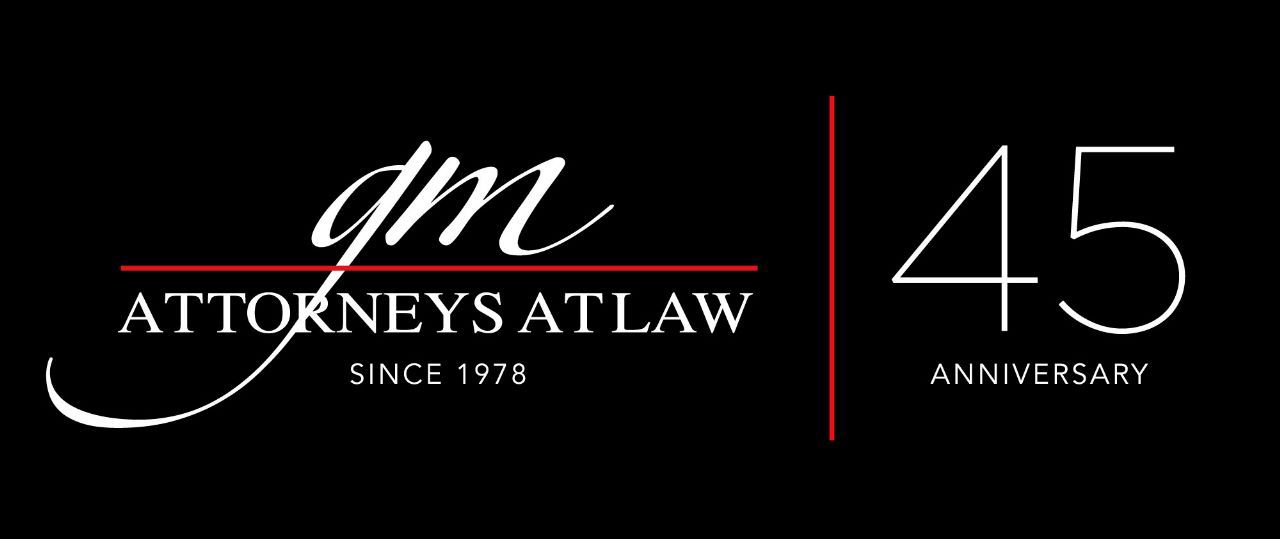
In the previous email we reviewed the first requirements requested. Now we will finish reviewing the mandatory and essential documentation required as well as additional documents subject to the property's location or specific land characteristics.
Essential requirements continued:
| • Water availability letter: issued by the AyA (Aqueducts and Sewers, an ASADA if they are managing the local water system on behalf of the AYA, or by the Water Department of MINAE (Environment and Energy Ministry) should the water come from approved and registered wells, natural springs, or rivers. The letter must certify that the property has water availability sufficient to sustain a built structure and its needs. Suppose there is no existing public water supply or infrastructure, but the property may have or be adjacent to a well, spring, or river; this does not constitute a legally recognized water supply required to obtain a building permit. A water concession must have been granted in favor of the land owner, defining the specific cubic meter usage necessary for their particular building project. • Availability of infrastructure to receive sewage and greywater discharge: to comply with this requirement, the land owner must provide a document certifying that wastewater can be directed to existing sewage infrastructure. Otherwise, you will need to apply for a wastewater location permit from the Health Ministry. Depending on the scale and location of the building project, there may be instances where the Municipality will require a hybrid septic tank system which incorporates sewage treatment or an actual sewage treatment plant in place of a septic tank. In case of a septic tank installation, submit a soil filtration and absorption test showing that the land is suitable for septic tank installation. |

| • Electricity availability letter: issued by ICE (Costa Rican Electricity Institute) or the Electricity Company that manages the service where the property is located, in some areas of Guanacaste will be Coopegunacaste, certifying that the property has access to electricity for its basic needs. • INS (National Insurance Institute) certificate: confirming the obligatory Workers' Risk Insurance policy payment. • Payment of the building permit fee to the Municipality: the fee is 1% based on the assed value assined to the project by CFIA (Federated College of Engineers and Architects). |
In many instances, the Municipality may ask for additional documents subject to the property's location or specific land characteristics. Among the most common other requirements are:
| • Approval from the Cultural and Patrimonial Centre of the Culture and Youth Ministry of Costa Rica: in those cases where the property has been declared of national or cultural interest. • Fluvial alignment issued by INVU (Housing and Urbanism National Institute): in those cases where the property is located close to a water source such as a river or a creek. • Road alignment issued by MOPT (Public Works and Transportation Ministry): when the property has public road frontage or in cases where properties have restricted access. • Terrestrial Maritime Zone certificate: approval in case the properties are located close to or partially inside the ZMT restricted area. |

We always advise our clients to hire a reputable and licensed contractor, engineer, and architect with a track record that they can verify and visit the project the professionals have built and talk with the land owners to get their feedback working with them.
We at GM Attorneys will be pleased to help you with your legal matters in Costa Rica! Please feel free to contact us at info@gmattorneyscr.com or visit our website and blog section at https://www.gmattorneyscr.com/gm_website

